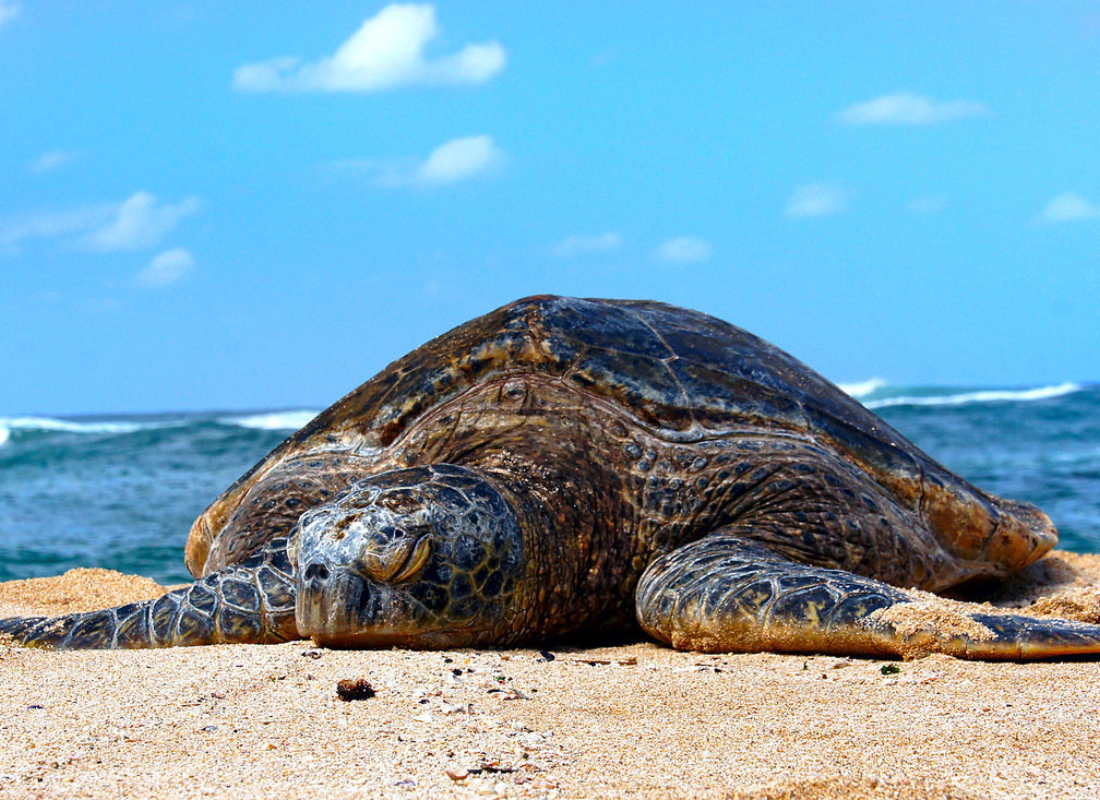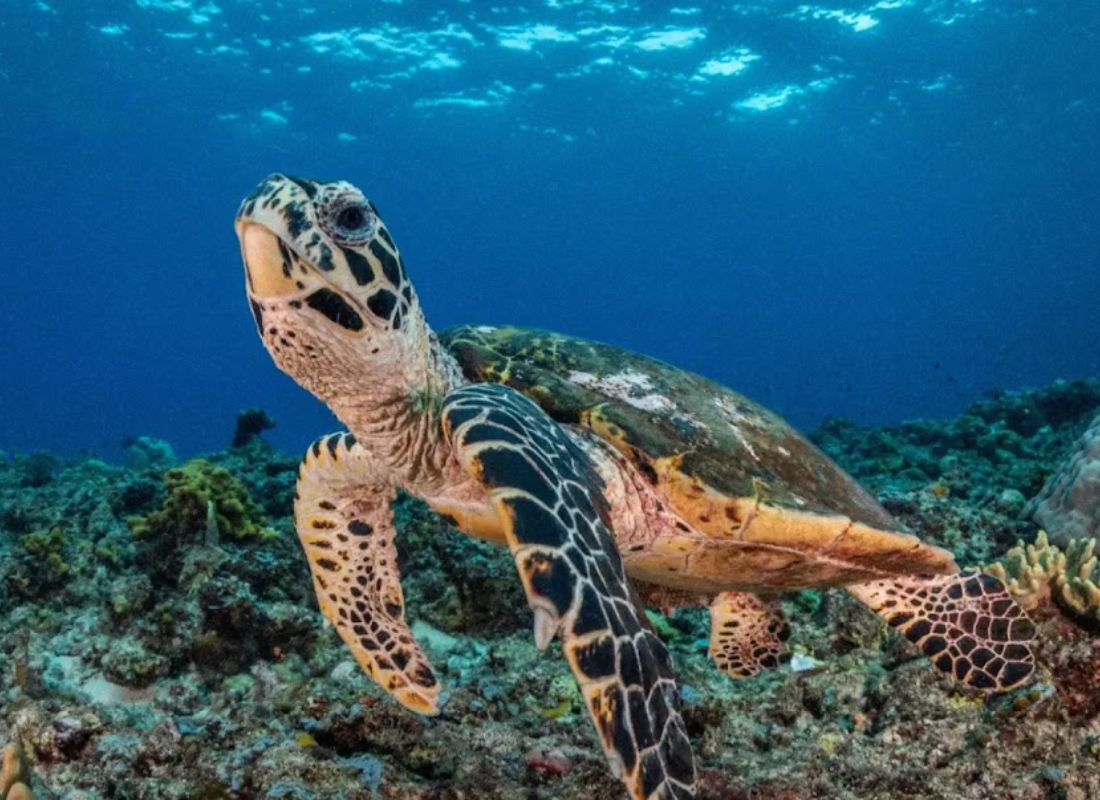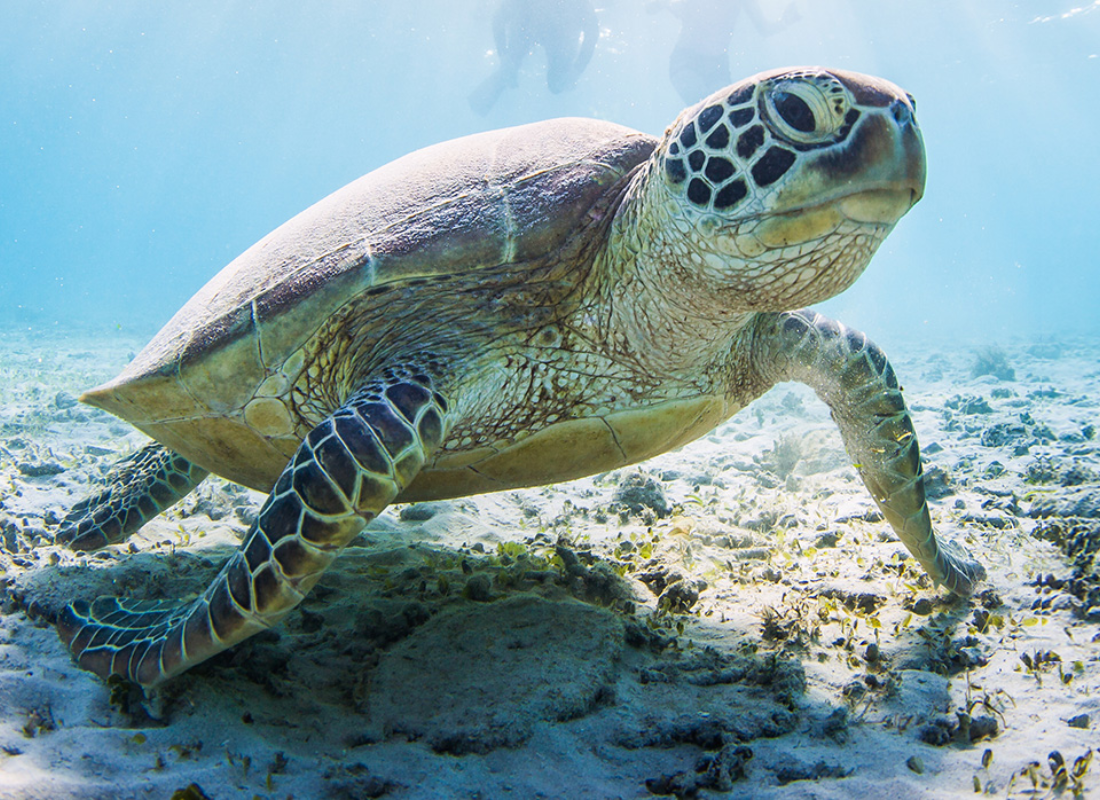Research in turtle biology has made significant strides in recent years, driven by technological advancements and a deeper understanding of ecological and environmental factors. Here are some of the most notable areas of innovative research in turtle biology:
1. Satellite Tracking and GPS Tagging

Overview: Satellite tracking and GPS tagging have revolutionized the study of turtle migration and behavior. By attaching small, lightweight transmitters to turtles, researchers can monitor their movements in real-time, gathering data on migratory routes, foraging areas, and nesting sites.
Key Findings:
- Migration Patterns: Studies have revealed complex migration patterns, showing that sea turtles can travel thousands of kilometers across oceans. For instance, leatherback turtles have been tracked traveling from nesting sites in the Caribbean to feeding grounds in the North Atlantic.
- Behavioral Insights: Tracking data has provided insights into the diving behavior, speed, and depth preferences of different turtle species, contributing to a better understanding of their ecological needs and threats.
2. Genetic Research and Genomics

Overview: Advances in genetic research have allowed scientists to study turtle populations at the molecular level. Techniques such as DNA sequencing and genome mapping are being used to understand genetic diversity, evolutionary relationships, and population dynamics.
Key Findings:
- Population Genetics: Genetic studies have helped identify distinct populations and their genetic health, which is crucial for conservation efforts. For example, understanding the genetic structure of green turtle populations in different regions helps in creating targeted conservation strategies.
- Disease Resistance: Genomic research is uncovering genetic factors that contribute to disease resistance, providing insights into how turtles adapt to environmental stressors and pathogens.
3. Climate Change Impact Studies

Overview: Climate change poses significant threats to turtle populations, affecting nesting sites, sex ratios, and food availability. Research in this area focuses on predicting and mitigating these impacts.
Key Findings:
- Nesting Behavior: Rising temperatures are leading to skewed sex ratios (more females than males) because turtle sex determination is temperature-dependent. Studies are exploring how this imbalance affects future populations and what can be done to mitigate it.
- Habitat Shifts: Researchers are examining how climate change alters habitat suitability, forcing turtles to adapt to new nesting and foraging grounds.
4. Biotelemetry and Behavioral Ecology

Overview: Biotelemetry involves using electronic devices to remotely monitor the physiological and behavioral states of turtles. This research provides a deeper understanding of how turtles interact with their environment.
Key Findings:
- Activity Patterns: Biotelemetry has revealed detailed activity patterns, such as feeding, mating, and resting behaviors. These studies help identify critical habitats and times when turtles are most vulnerable to threats.
- Stress Responses: Monitoring physiological parameters like heart rate and body temperature helps assess how turtles respond to stressors, including capture and handling during conservation activities.
5. Artificial Intelligence and Machine Learning

Overview: AI and machine learning are being applied to analyze large datasets from tracking devices, genetic studies, and environmental sensors. These technologies help identify patterns and make predictive models.
Key Findings:
- Predictive Modeling: AI models predict the impacts of environmental changes on turtle behavior and survival. For example, machine learning algorithms can forecast the effects of ocean temperature changes on turtle migratory routes.
- Data Analysis: Automated analysis of images and videos from nesting beaches and feeding grounds helps in monitoring populations and identifying individual turtles.
Conclusion

Innovative research in turtle biology, powered by technological advancements and interdisciplinary approaches, is providing unprecedented insights into the lives of turtles. These studies are not only expanding our knowledge but also playing a crucial role in the conservation and management of these ancient mariners. The integration of satellite tracking, genetic research, biotelemetry, and artificial intelligence is setting new benchmarks in turtle research, ensuring that future generations can continue to marvel at these remarkable creatures.
Sources:
https://innovation.tamus.edu/advancing-sea-turtle-conservation-and-research/
https://www.sciencedirect.com/science/article/pii/S2351989423002226




